|
By Minette Tonoli @ meadowsweet.co.nz A great many of my umbelliferous plants are going to flower now and seed now (late summer to late autumn), making it a perfect time to save seeds for new plantings. You probably have some umbelliferae in your garden too! It is a big word, for a big family, but it basically means fragrant plants that have an upside down umbrella-like flower. A QUICK BOTANY LESSON Plants belonging to the umbelliferae family are known as the carrot or parsley family, and make up a group of mostly aromatic herbs. A defining characteristic of these plants is that they flower in a simple or compound umbel. An umbel is a flower made up of a number of short, equal in length, flower stalks radiating from a single point – see images below. UMBELLIFERAE IN YOUR GARDEN Now that you see what it looks like, you can probably identify a couple of herbs and vegetables in your garden that fall into this family – here is a list of just a few that are commonly grown and their “at a glance” seed saving data: Besides saving seeds, or letting your herbs self-sow, there is also another important reason to let these plants bolt (grow a flower stalk to produce umbels, and eventually seeds) – and this reason is apparent in their alternative family name Apiaceae. Apis = bees. Bees love to forage on the flower nectar, and the umbels are also great spots for other beneficial insects to rest, refuel and hide, especially beneficial predatory insects. HOW TO HARVEST UMBELLIFERAE SEEDS Harvesting seeds from these plants is really easy, as the umbels of flowers ripen into clearly distinctive seeds which can easily be rubbed off when ripe. I wait until the seeds are fully ripe (browning or darkening) on the plant and just pinch a bunch between my thumb and fingers and rub them – seeds that are ripe will easily come off, and can be caught in a bag or your other open hand. Alternatively, the whole umbel head can be cut off and shaken into a bag. Keep saved seeds in a cool and dry place until you are ready to sow them. A NOTE ON SAFETY WITH UMBELLIFERAEThere are some really poisonous plants in the carrot family too, e.g. poison hemlock and water dropwort, so don’t harvest umbelliferae from the wild.
0 Comments
Too many people, basil is THE one herb to have in the kitchen garden. It is easy to see why basil is such a popular herb - it is generally easy to grow, very productive, and has delicious tasting leaves with many culinary uses, and to top it all off, has medicinal and culturally significant uses too. There is a large number of culinary basil cultivars available, all from the same species plant: Ocimum basilicum. You may know about the typical sweet-savory spicy Italian style Genovese basil, often used for drying or making into Pesto, but there are also basil plants that have flavours like Cinnamon, Liquorice and Lemon. Some basil plants have tiny leaves (Fino Verde) and others can grow really large leaves (Lettuce Leaf basil). There’s basil that is bright green (Bush Basil) or purple-leaved (Red Rubin) and there are some basil plants grown for their beautiful decorative flowers (Cardinal) in addition to their uses in the kitchen. You may also know of holy basil, or sacred basil, very often used in teas or as medicines. These, also known as Tulsi are a different species to culinary basil, they are either Ocimum sanctum (syn. Ocimum tenuiflorum), Ocimum gratissimum or Ocimum africanum. These are not the only species in the Ocimum genus - Wikipedia lists over 60 distinct species of these aromatic herbs.Most culinary types of basil are grown as annuals even though some of the species may technically be classified as short-lived perennials in tropical climates. It is possible to grow basil through the year – especially in a sunny windowsill inside the house (especially the small leaved bushy basil plants such as Minette Basil, Fino Verde Basil or Greek Bush Basil), or in a greenhouse or conservatory – each plant will complete its life cycle after flowering. Tip: To encourage leaf production, pinch out the tops, to encourage side branching, and make sure to cut off flower stalks when they start to form. Letting basil flower, however, ensures that you get seeds - and it feeds pollinators! Bees and bumblebees in particular, love basil flowers, and it is recommended as a plant to encourage bees to the garden. IMPORTANT When saving basil seeds, take note that because the culinary basil cultivars are all of the same species, Ocimum basilicum, and they are outbreeders (i.e. not commonly self-pollinating), cross-pollination between the different cultivars can occur easily if they are planted closely. This means hybridization may occur where new plants grown from cross-pollinated seed may not have the same characteristics as the parent plants. The recommended isolation distances for saving pure seed of the different basil cultivars is near 500m, taking into consideration that bees often travel much farther and may carry pollen between two different cultivars. SAVING BASIL SEEDS
More Photos
Many people see the tall upright stalks of bolting lettuce as unattractive and unruly in a garden, and with the lettuce leaves becoming tougher and more bitter as the plant goes to seed, it is generally a sign to pull them out and make space for something new to grow. I enjoy the small yellow dandelion-like flowers and seed puffs of the maturing lettuce plant, however, and getting to harvest some seed to start a next crop of lettuce without having to purchase new seed, is reason enough to not compost the plants at first sign of going to flower. One plant will give you more than enough seeds, so you don’t need to keep all your lettuce plants once their leaf production is over. Lettuce takes quite a while to get to dry seed stage – about a month from when it firsts starts to bolt (grow taller in order to create a flower stalk), and the plant can get quite tall – about 60 – 90cm high, so if you’d like to harvest your own lettuce seeds, you are going to need some dedicated space for a while, and some patience. Lettuce has a staggered approach to budding, flowering, and eventually maturing seeds – meaning that for a long while you may have flower buds, flowers, and mature seed heads on the same plant. You needn’t worry too much about cross-pollination as lettuce flowers are self-fertile and crossing rarely happens. That said, if you want to be more than a hundred percent sure, plant different varieties (from which you want to save seed) a few feet from each other. Do also try to save seed only from open pollinated varieties, as seed saved from hybrids may not grow to have the same shape and taste as the lettuce you had saved it from. There are a few ways in which you can harvest lettuce seeds – some people place seed bags or paper bags over whole heads of growing lettuce to catch the seed as they ripen and loosen, or they come by with a bag every few days and shake any loose seeds into it. Others may, when most of the seed heads show the feathery tufts, pull the whole plant and hang upside down to catch ripening seed. Another method, and the one I prefer, is to pluck the ripened seed heads from the plant each day – keeping them in a bag or jar until fully ripened – and then gently loosening the seeds for storage. Don’t worry about the sticky milky sap when you pick the heads – it washes off quickly and easily! And don’t stress too much when unopened buds and immature seedheads get picked with a mature one – you’ll have plenty of ripe ones that come around over the next few weeks. Discard any parts that aren’t ripe or ripening (showing tufts). Shake loose dried and ripened seeds, or gently rub the seed head to loosen them, and store in a cool and dry place until you are ready to sow.
You could of course simply leave the plant to seed “wildly” in your garden, and prick out the volunteer seedlings when they grow. By Minette Tonoli www.meadowsweet.co.nz INDETERMINATE VS DETERMINATE How a tomato plant produces it’s fruit through its annual growing season classifies it as either a determinate or indeterminate tomato. INDETERMINATE Plants that keep producing new fruit throughout the season are called INDETERMINATE. Fruit and flowers in various stages can be seen on the same plant at the same time. Generally speaking, most indeterminate tomatoes are vining, and will need support during the growing season. They are often pruned for ease of growing, and to increase productivity. Some indeterminate heirlooms that I grow include Riesentraube, Green Grape, White Cherry, Aunt Ginny’s Purple, Black Krim, Jaune Flamme, and Hawaiian Pineapple. DETERMINATE Plants that produce all their fruit during a single production period are DETERMINATE.
Determinate varieties produce flower buds on the tips of multiple growing stems, and can be splendidly productive, but it must be noted that all the tomatoes are produced and ripen more or less at the same time as one crop. Once this flush of fruit is finished, the determinate plant won’t set new flowers again, and start to die off for the season. Determinate varieties often grow as a bush and don’t always need staking, but use your discretion to provide some support if needed. These bush type tomatoes do really well in pots, and are favoured by container growers. Examples of determinate tomatoes that I’ve grown include Henry’s Dwarf Bush tomato, Tiny Tim, Tumbling Tom, and Patio. Determinate tomatoes are not dwarf tomatoes... DWARF TOMATOES Dwarf tomatoes refer to a selection of tomatoes, determinate OR indeterminate that have the following characteristics as set out by the Dwarf Tomato Project of 2006:
By Minette Tonoli www.meadowsweet.co.nz THE STORY OF THE SHAPES AND SIZES OF TOMATOES
SO WHAT MAKES A BEEFSTEAK, A BEEFSTEAK?I often had customers ask me for “Beefsteak” when I sold heirloom tomato seedlings at the markets, and while I have many varieties of tomatoes that are classed as beefsteaks, there is, to my knowledge, not a particular tomato named “Beefsteak”. There’s “Big Beef”, sure, and maybe the closest I’ve come was “Beefsteak Select”, but not just “Beefsteak”. Suffice to say that when I countered my potential customer’s query with “Sure, which one?”, their befuddlement made me realise that a lot of people don't know that beefsteak is simply a type of tomato, and a type that can be heirloom or hybrid bred, in any colour, and a small range of shapes too! A beefsteak tomato is a large meaty tomato:
A LIST OF SHAPES AND SIZES This then is my list of descriptions and names for the different shapes and sizes of tomatoes, and is what I use to talk about my tomatoes. From small to large: TINY
I’m sure there’s some more shape descriptions, and I am also sure that not everyone will agree with me on my list above. The fun thing is, you can get quite poetic about your tomatoes, just trying to describe what colours they are, and what shape the fruits take… never mind when you eventually slice through them and taste them!
By Minette Tonoli www.meadowsweet.co.nz WELCOME TO THE FIRST IN A SERIES OF ALL THINGS TOMATO
OPEN POLLINATED When pollination takes place naturally, without human intervention, by the wind or insects, open pollination has taken place. Open pollinated varieties have a set of fixed characteristics and these characteristics are passed onto the offspring, producing plants that are true to type, essentially identical to the mother plant. Open-pollinated varieties include heirloom varieties and (fixed) hybrid varieties. “True to type” means that if you grow a plant from the seed of a tomato, it will be guaranteed to produce the same shape/colour/size/taste tomato as the parent plant. HEIRLOOM TOMATOES An heirloom tomato is an open pollinated tomato cultivar whose seeds come true to type and have been passed down from generation to generation for at least the last 50 to 100 years. Tomato connoisseurs love heirlooms, mostly because of their taste. They aren’t (always) the best looking – there are some beauties out there, but generally they don’t produce greatly uniform fruit (supermarket standard), and come in all sorts of strange colours, shapes, and sizes. And they don’t last long after picking either. But they really have great taste. Much, much better than most standard store-bought tomatoes. Examples of heirloom tomatoes are Black Krim, Purple Russian, Green Giant, Hawaiian Pineapple HYBRIDS Hybrid is defined as the offspring of two plants of different varieties (or less often different species). Hybrids are normally commercially bred, with human interference, by specifically crossing two plants with distinctly different traits to result in a better tomato. Natural hybrids do exist too - a common example is Peppermint which is a hybrid cross between water mint and spearmint. It must be kind of fun, playing around with hybrids! Some hybrids are created to let us have plants with better disease resistance, or that grow in specific conditions, such as cold areas, or for their particular growing habit traits, such as dwarf cultivars, and even to get plants with an increase in productivity, cross-country shipping etc. FIXED HYBRIDS Fixed hybrids breed true to type, and are the result of a long selection preceded by an original natural or induced hybridization. So, as far as I understand it: A + B = C C + C = 50% A / 40% B / 8% C / 2 %D. But growing out those C selections each year means that each subsequent “grow-out” resulted in more and more pure C’s until only C’s are produced. I think this is also where the word grex comes in - originally borrowed from orchid breeding to define the collective word for all the offspring of two genetic individuals. Example of a fixed hybrid tomato = Indigo Rose Fixed hybrid can become heirlooms over many generations. F1 HYBRIDS When two plants are crossed to always produce a consistent hybrid offspring in the first generation, that cross produces an F1 hybrid. The F in F1 stands for filial, or daughter and the 1 refers to the first generation. So two different parent plants will produce offspring with specific sets of characteristics. E.g. X + Y = Z Where plant breeders found that if they cross pollinate plant X, which fruits abundantly but is susceptible to disease, with plant Y which is a poor producer but a healthy disease resistant plant, they get seeds that will grow into plant Z which is a moderately productive tomato plant that is more disease resistant. Commercial F1 hybrid seeds generally do not stabilize or come true to type (as opposed to fixed hybrids like above) - this means you’ll always have to cross the two original parents to create the seeds that will result in the particular hybrid that you want to grow. So, Z + Z ≠ ZIf you did save seed from an F1 hybrid and grew the resulting plants, you may find that the plants are more closely related to either of the original parents, or something entirely different. Growing from an F1 produces F2 plants and growing from F2 plants results in F3 plants etc. E.g. X + Y = Z (an F1), Z + Z = Q (an F2), and Q + Q = R (an F3) Example of F1 hybrid tomato: Rapunzel WHAT’S IN THE SHOPS Well, that depends, because some savvy shops now provide the discerning customer with a choice of heirlooms too, but the stock-standard red globe tomato you find in most supermarkets is most probably an F1 hybrid that was chosen for how many tomatoes a plant can produce, in a short time, early in the season, and how uniform they are in size, shape and colour, and very importantly, how well they keep (shelf life). Taste is pretty much last on the list of importance for mass produced tomatoes (own opinion) It’s there… no one will eat a totally disgusting tomato after all. But bland is bland. MY FAVOURITE The sheer difference in tastes that are available in heirlooms and fixed hybrids are just astounding – from complex flavours that are deep and dusky in some of the purple tomatoes to uplifting citrus-like flavour in many of the yellow ones. Bonus
DID YOU KNOW – Tomatoes come from South America? DID YOU KNOW – Most original tomatoes were not red? References The complete Idiot’s Guide to Seed Saving and Starting, Alpha Books, 2012, Sheri Ann Richardson Growing Gardens for Free, David Bateman, 2003, Geoff Bryant https://laidbackgardener.blog/ https://en.wikipedia.org/wiki/F1_hybrid http://www.mr-fothergills-trade.com/uploads/resources/15_hybrid-seeds-explained.pdf https://blog.seedsavers.org/blog/open-pollinated-heirloom-and-hybrid-seeds https://www.kingsseeds.co.nz/Kings+Seeds+Blog/x_post/Open-pollinated-heirloom-or-hybrid-00235.html https://www.thespruce.com/open-pollinated-self-pollinated-heirloom-hybrid-2539696 https://www.gardeningknowhow.com/garden-how-to/propagation/seeds/f1-hybrid-seeds.htm By Minette Tonoli www.meadowsweet.co.nz It is mid autumn, and my world seems to be a great big mess at the moment – my herb, flower and vegetable gardens look a bit ramshackle and dishevelled, and my dining room table is strewn with a cacophony of bags, boxes, baskets and buckets. And I can’t be any happier! Why? It’s seed-saving time, of course! I am a seed fanatic. I experience elation and euphoria when I get new seeds over the post, wait in nail-biting anticipation for the latest seed-catalogues to arrive, and get a bit crazy-eyed when I wander into my garden to find ripening seed pods. I obsessively pack, sort out and move my seeds around, and cannot imagine my life without my seed boxes. Confession: I even have a “Seed Collecting Kit” in my handbag – complete with baggies, labels, a permanent marker, and mini secateurs, you know, just in case I run into some seeds that desperately need to be collected… I am not the only seed obsessed person either, I know from my connections in the plant world that there are lots of people who hyperventilate just a bit when the topic of seeds comes up. “Hello everyone, I am Minette, and I am a seedaholic.” Please, don’t get me wrong, I’m not belittling addiction, and know full well how devastating an addiction can be – I count myself very lucky indeed that my addiction tendencies happened to fall onto what can be considered a healthy pursuit. I thought I’d give a few thoughts and pointers on collecting and saving seeds as autumn gathers momentum and summer producing plants tend toward making seeds. The best time Most plants seem to have their seeds ripen during late summer, and the best time to start collecting a good variety of seed is in early autumn, but really it is the best time whenever the seeds you want to collect are fully ripe and dry - whatever the season. Pips and seeds from fruit and vegetables can be saved as the produce is harvested. The best kind Organic If you are into pure organics, then seeds from an organically managed environment are important to you. These seeds won’t have any pesticide or herbicide residue on them, and claims are that they could produce more robust plants that are already adapted to organic growing conditions. Personally, while I grow my plants using organic principles, I’m not a stickler for organically produced seeds. Productive Genetically it makes sense to “breed from the best”, and if you have a particular plant that does really well in your garden, or find a magnificent specimen in someone else’s, it stands to reason that seeds from those will produce similar strong offspring. Local It is believed that saving the seeds from plants growing in and around your immediate area will result, over time, in plants that are better adapted to that environment. . Non-hybrid Hybrids are plants that are specifically bred for particular traits (such as a low growing habit, flower colour, greater fruit production etc.) Hybrid seeds are NOT GMOs (genetically modified), but simply the result from the manipulation of pollination. The reason why hybrids, in particular F1 hybrids (first familial hybrids) are not good to save seed from, is that they generally don’t produce true to type. This means that if you grow a plant from an F1 hybrid, and save seed from it, the plants resulting from those seeds will most probably not look or produce the same as the original F1 that you had. Sometimes the gamble is worth it though – below (left) is a picture of a sunflower I grew from seeds saved from the F1 red/bronze hybrid called “Moulin Rouge” (pictured right). Pure And here I am particularly noting plants that readily cross-pollinate between cultivars, and which may have seeds which will not result in a desirable offspring. Plants that need to have a good space between different varieties to ensure proper seed saving practices include pumpkins and squashes, brassicas such as cauliflower, broccoli, and cabbage, different chilli cultivars within the same species, and some flowers.
Asking permission… or forgiveness
Gardeners are generally quite giving folk, and unless they run a nursery from home, or have a jealously guarded home-bred cultivar, they’ll be happy (and flattered) to give you some of the seeds from plants in their garden. I have found over the years that asking is better, but know there are many stealthy seed snatchers out there too! Creative improvisation Unless you are well prepared and have all the goodies at the ready, you sometimes find yourself with an opportunity to collect seeds and must make do with whatever you can find to keep the seeds safe – a napkin, empty mint tin, till receipt and coin purse make a quick seed saving packet in a pinch. Sharing is caring There’s a seed savers group around every corner, and in all corners of the country, so get connected, meet up, exchange seeds and get growing! References
|
AuthorWrite something about yourself. No need to be fancy, just an overview. ArchivesCategories |
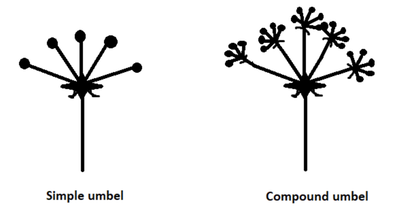
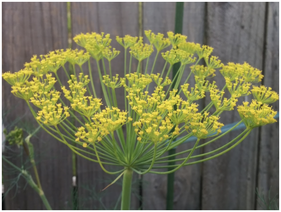
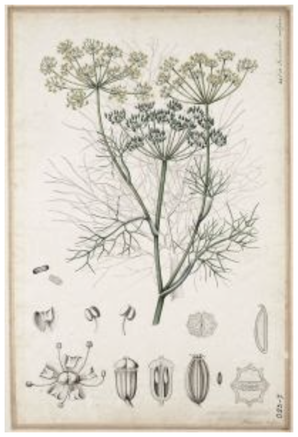
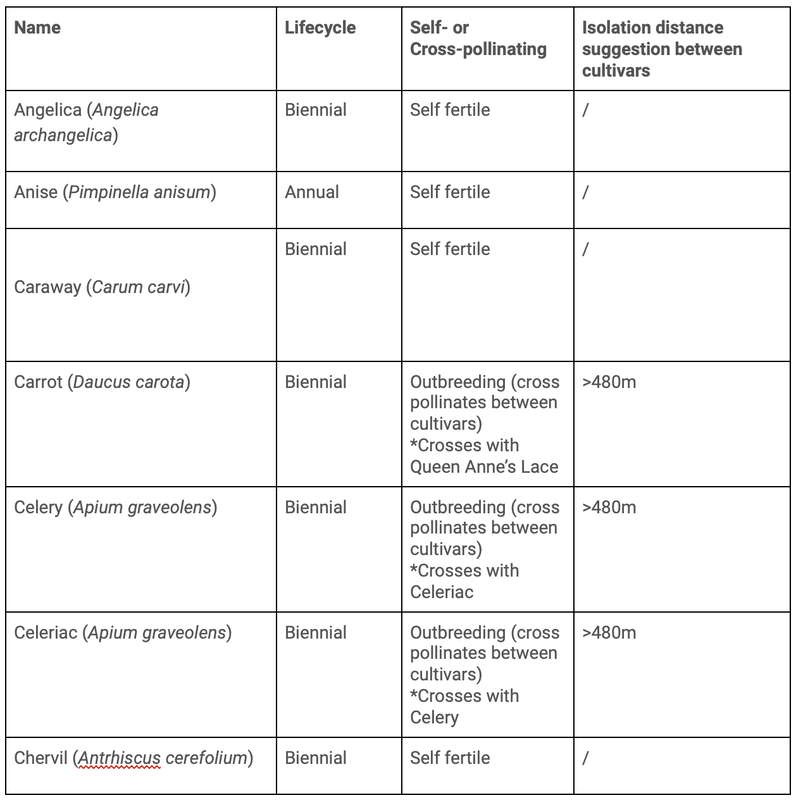
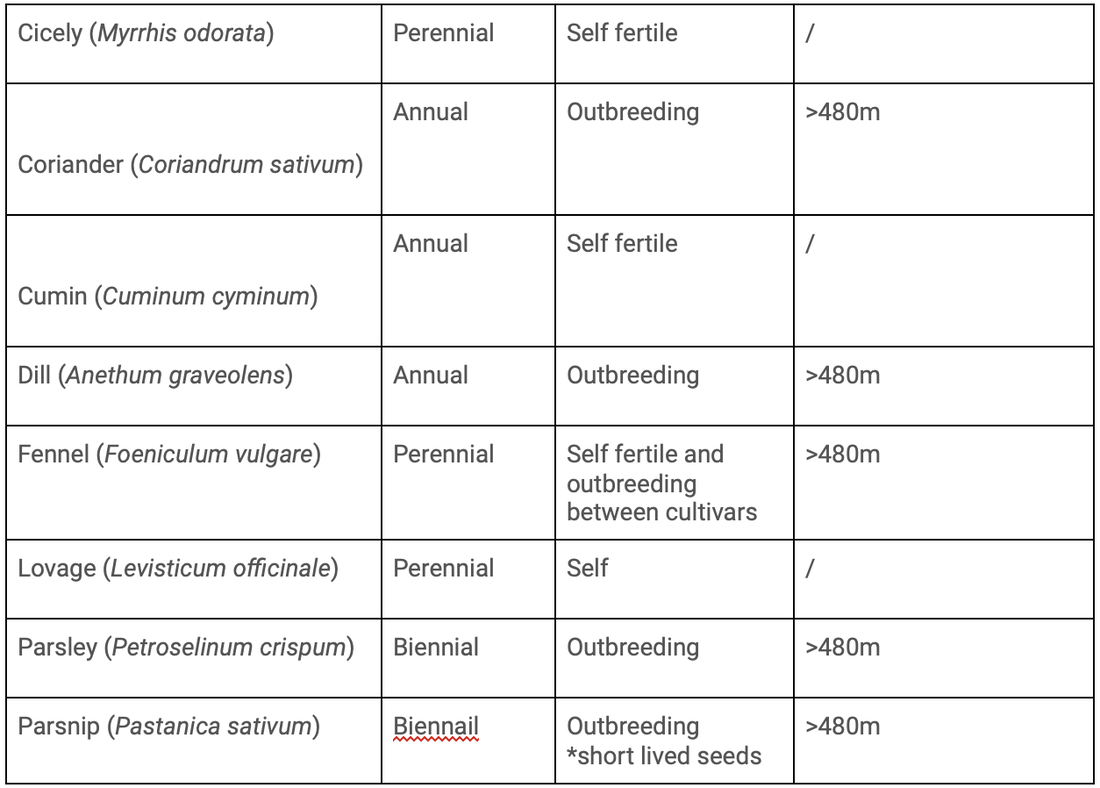

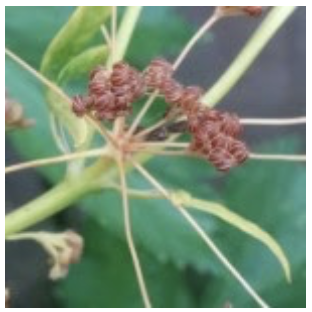
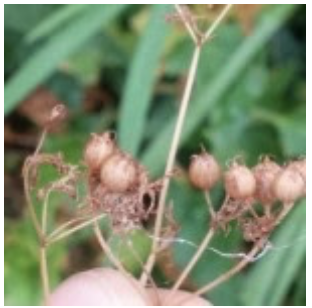

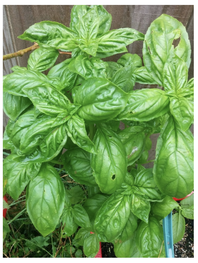
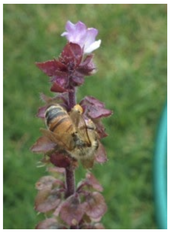
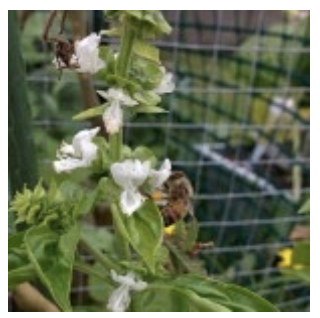
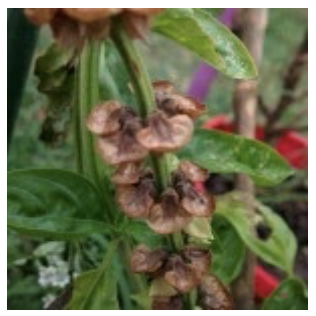
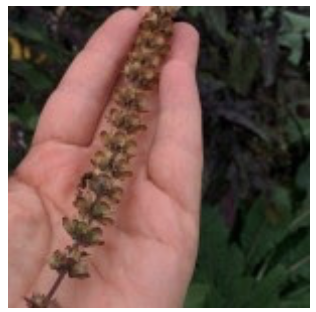
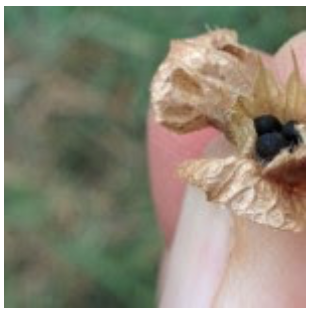
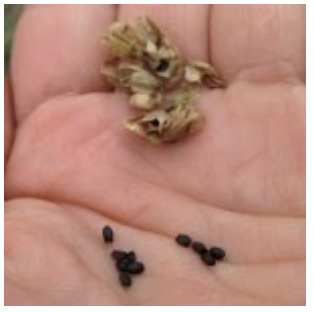
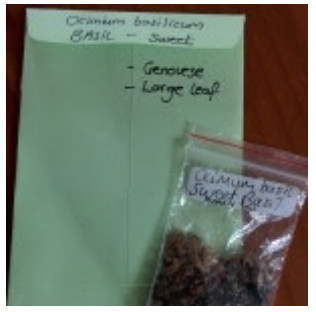
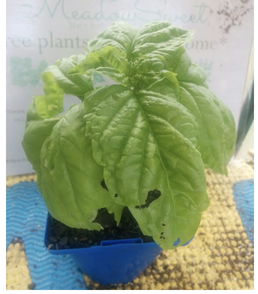
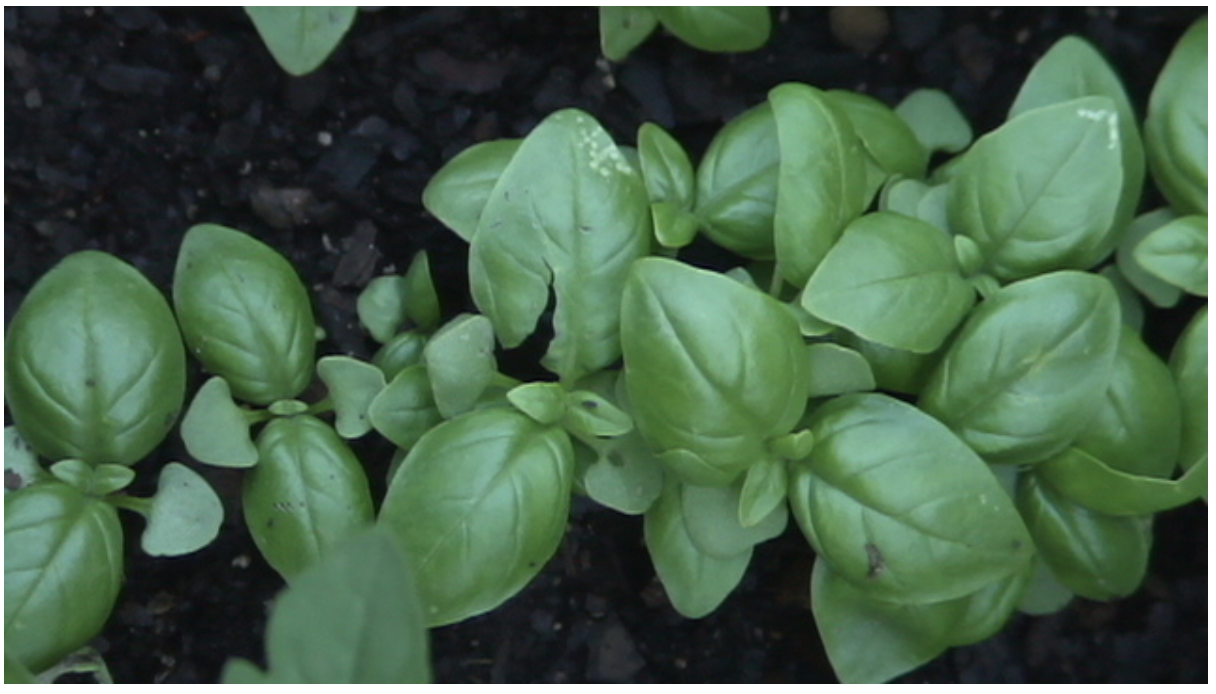

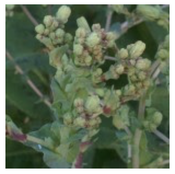
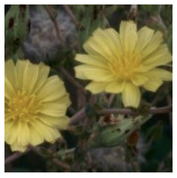
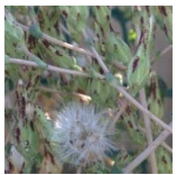

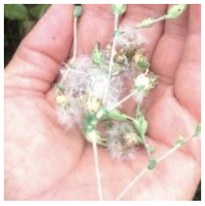
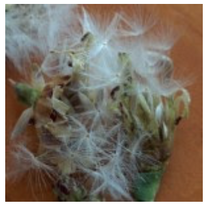
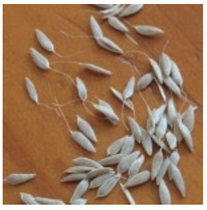
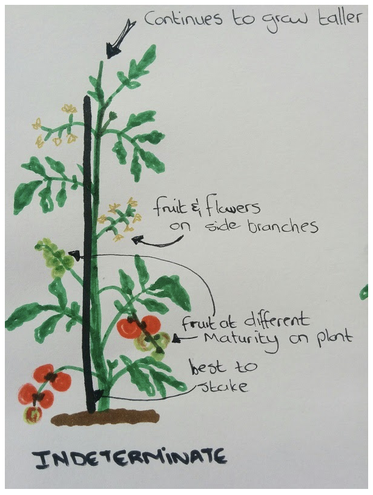
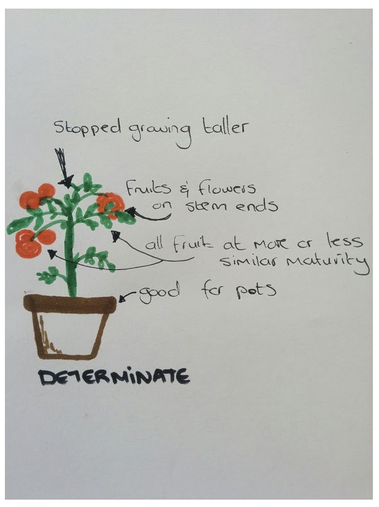
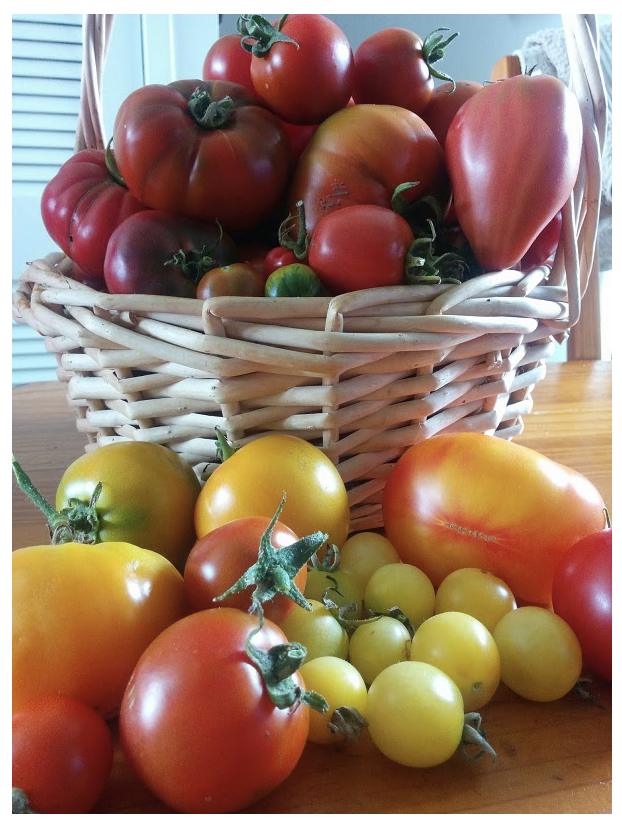
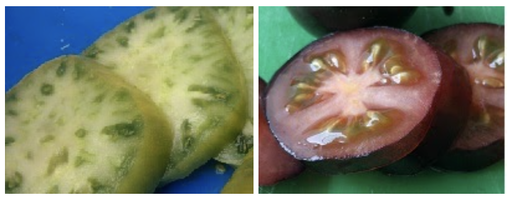
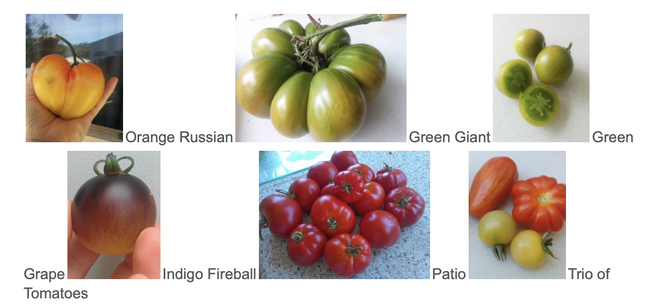

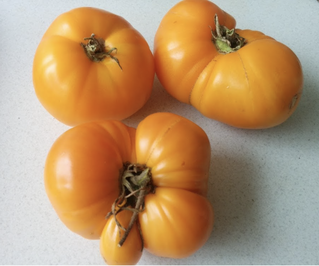

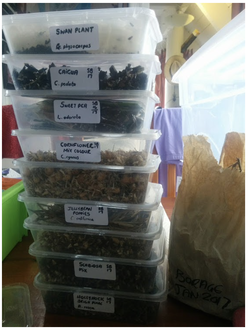
 RSS Feed
RSS Feed